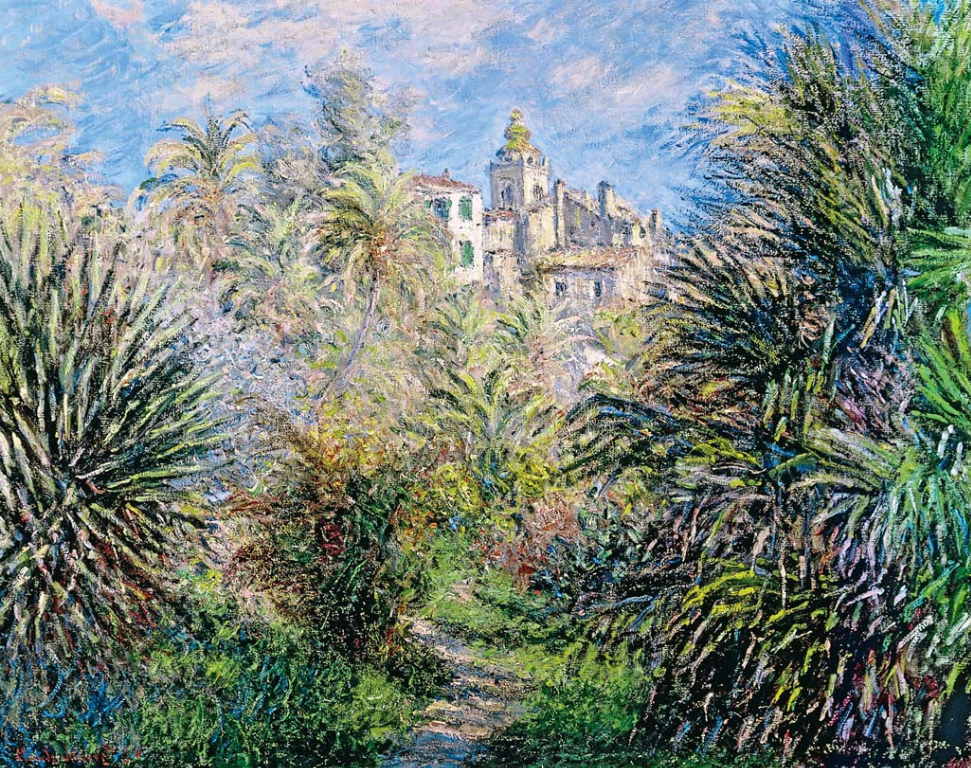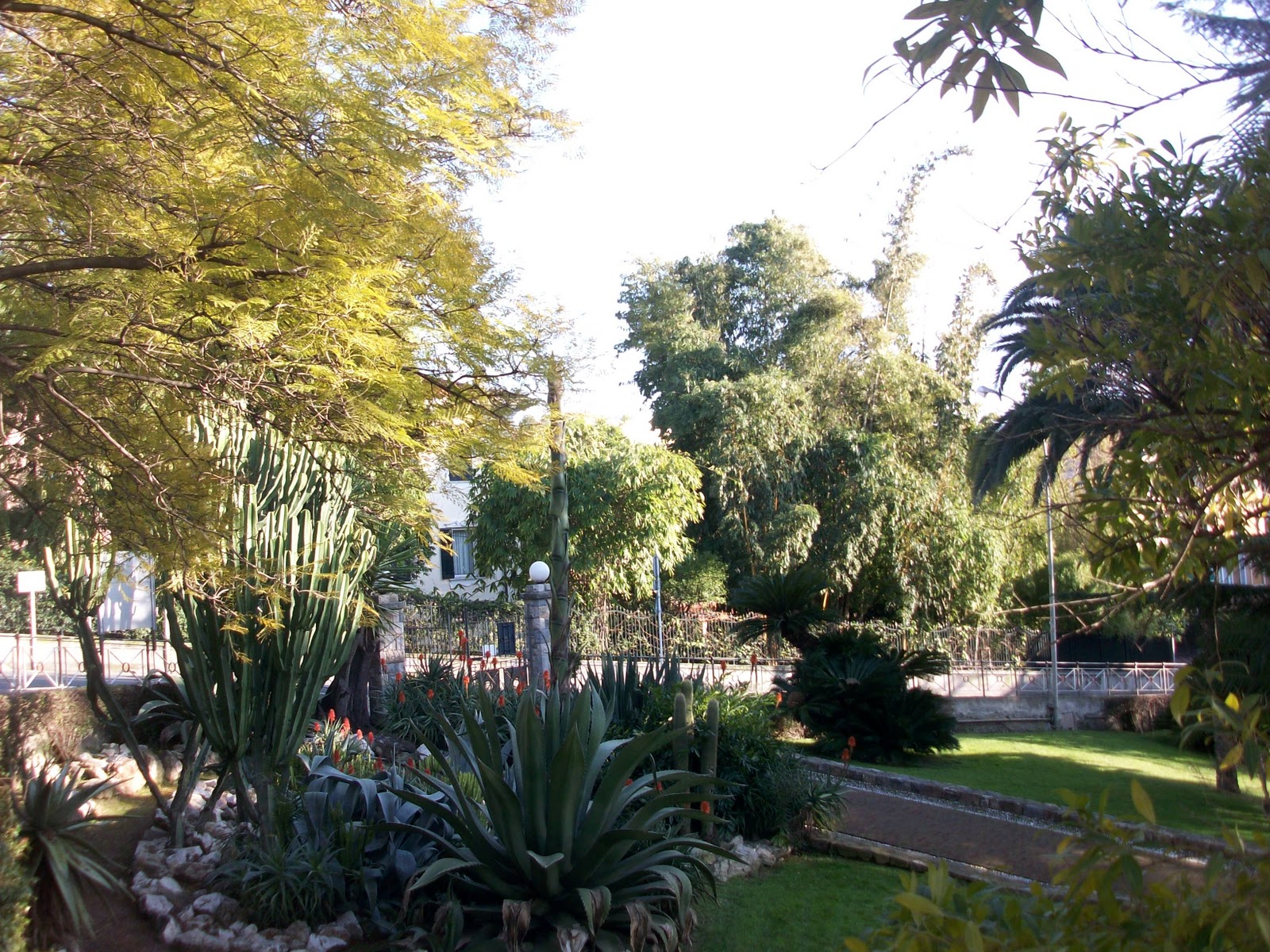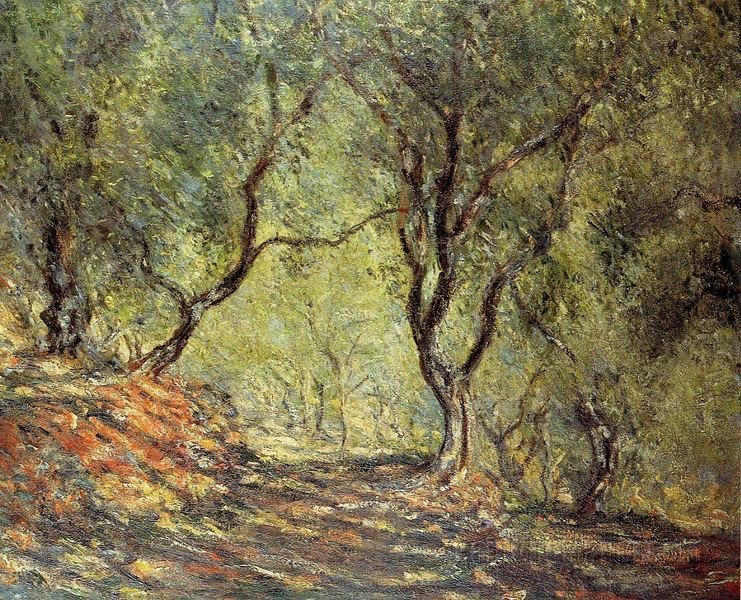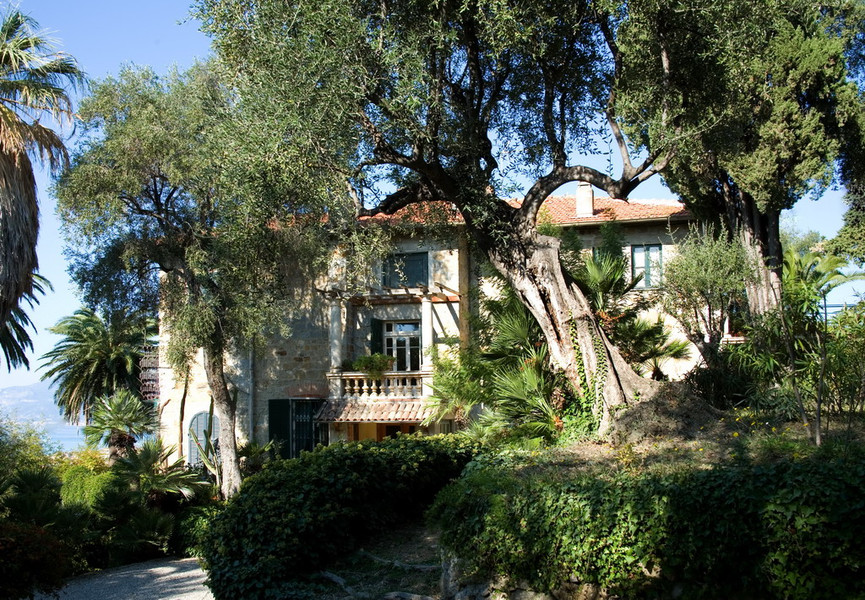
Moreno Monet Garden
This post is also available in:
 Italiano (Italian)
Italiano (Italian)
Villa Marani is a peaceful spot in the upper part of Bordighera. Its park full of trees is what remains of the famous Giardino Moreno. In 1830, Vincenzo Moreno, a wealthy local oil merchant, started collecting seeds during his frequent trips abroad. In 1860, he was able to introduce on the Ligurian Riviera many exotic species – he thus tasked French architect Garnier with the construction of his own garden, annexed to the villa.
In 1884, the garden was already and Internationally acclaimed one, mostly thanks to its abundant flora. Over its 198 acres, there were olive trees, orange and lemon trees, tangerines and palms – they were so beautiful to inspire a large number of artists, including Claude Monet. The latter described this garden as follows: “A garden like that is impossible to describe, as it’s pure magic. All the plants of the world can grow there, without human intervention”.
Many sections of the garden which the famous French Painter found particularly inspiring can still be visited today. Those are the source of inspiration for “View of Ventimiglia”, “The Olive Tree Wood in the Moreno Garden”, and “Garden in Bordighera, impressions of morning” masterpieces.
The park was also mentioned by the famous Italian novelist Antonio Fogazzaro, who mentioned its “astounding vegetation”.
Following Vincenzo Moreno’s demise, the whole estate was divided into smaller plots, located today between Via Romana and Via Tumiati, in the current Monet Gardens, Villa Palmizi and Villa Schiva.
Countess Fanshawe bought the one where the garden grows. In 1909, what was left of Giardino Moreno became the property of painter Pompeo Mariani, who asked architects Broggi and Winter to enlarge it and make it his own residence. Some modifications were made, including the new Atelier called “Specola”. In 1998, the Garden became a public institution aimed at protecting landscape-architectural structures.
The park
Divided into four parallel sections, it still retains a nineteenth-century ambience, despite it variegated past.
It now measures 2.5 acres where visitors can find small fountains, palms, citrus fruits, several ancient olive trees, as well as solid evidence of the rich flora of the past, including a 132 ft Pinus canariensis, a centuries-old Araucaria excelsa, a Jubaea spectabilis – endemic species of the southern coastal area of Chile – and a large Ginko biloba.
Thoroughly restored, the villa houses a museum dedicated to painter Pompeo Mariani (1857-1927), managed by the “Pompeo Mariani Foundation” which promotes the artist’s works through exhibitions and various events.
This post is also available in:
 Italiano (Italian)
Italiano (Italian)
Contatti
Via Romana - Bordighera(IM)
0184 262322
Altre info
Libero
Tutto l'anno





